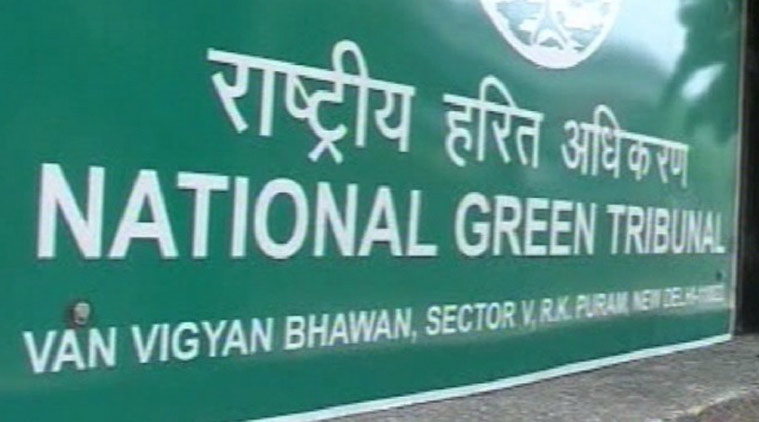Stay updated with the latest - Click here to follow us on Instagram
Exercise is going to take time and field is open for further mischief
NGT calls for bar on constructions in coastal areas till Draft Coastal Zone Management Plan maps are revised.
 NGT File Photo
NGT File Photo
The National Green Tribunal has directed the Maharashtra Coastal Zone Management Authority to not grant permission to any developmental and construction activities in Coastal Zone Regulation Areas until the Draft Coastal Zone Management Plan maps are published under the 2011 notification. The work on the maps has been long overdue after the CRZ notification of 2011 was formulated mandating the maps to be revised. This is for the state’s coastal districts of Mumbai, Thane, Raigad, Sindhudurg and Ratnagiri.
[related-post]
On being informed about the time it will take to publish the maps, the NGT in its order stated, “Evidently, the exercise is going to take time and (the) field is open for further mischief.” This was followed by the order to the MCZMA to not grant permission or regularise CRZ violations till the map is pending. The NGT was informed by NGO Vanashakti in its application that even though the CRZ notification has been changed, the permissions being granted by the coastal authority to projects in CRZ areas are done using the old maps of 1996. This includes both granting of permissions for construction activities and for regularization of CRZ violations.
The MCZMA informed the NGT that the maps prepared by Institute of Remote Sensing in Chennai and the Centre for Earth Science and Studies in Kerala, are on the scale of 1: 4000 and not 1: 25000 as required for public hearing. Further, the Ministry of Enviroment, Forests and Climate Change told the NGT that the ministry had decided to ensure national uniformity in this exercise and had hence made it necessary for IRS Chennai for reconciliation to the National Centre for Earth Science and Studies where it is currently submitted. The NGT was informed that it would take at least one month for this procedure to be completed prompting the tribunal to pass an interim order.
Environmentalists say that the publishing of the maps is significant because of the changes in CRZ rules.””The maps still refer to the 1996 areas. There is a need to factor in various aspects including the High Tide Line and Low Tide Line, which would determine regularizing of violations and granting of permissions. Till it is done, permissions as per the old map can prove wrong”” said Dayanand Stalin, of NGO Vanashakti. He added that the delay in publishing maps under the 2011 notification could affect the environment adversely. As per procedure, once the maps are prepared, they would be open for a public consultation. Suggestions and objections from the public will be taken note of, before the final maps are published.








